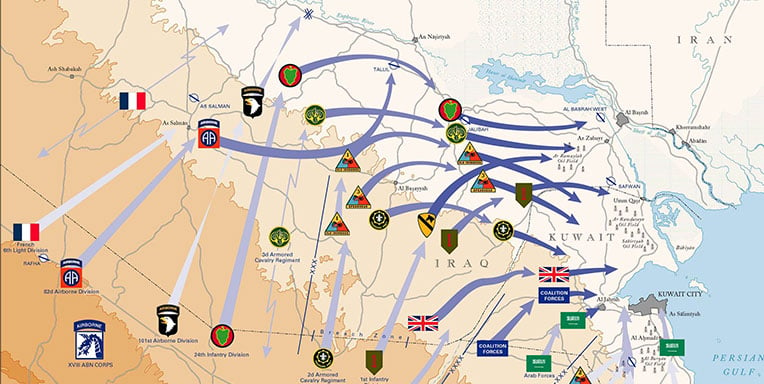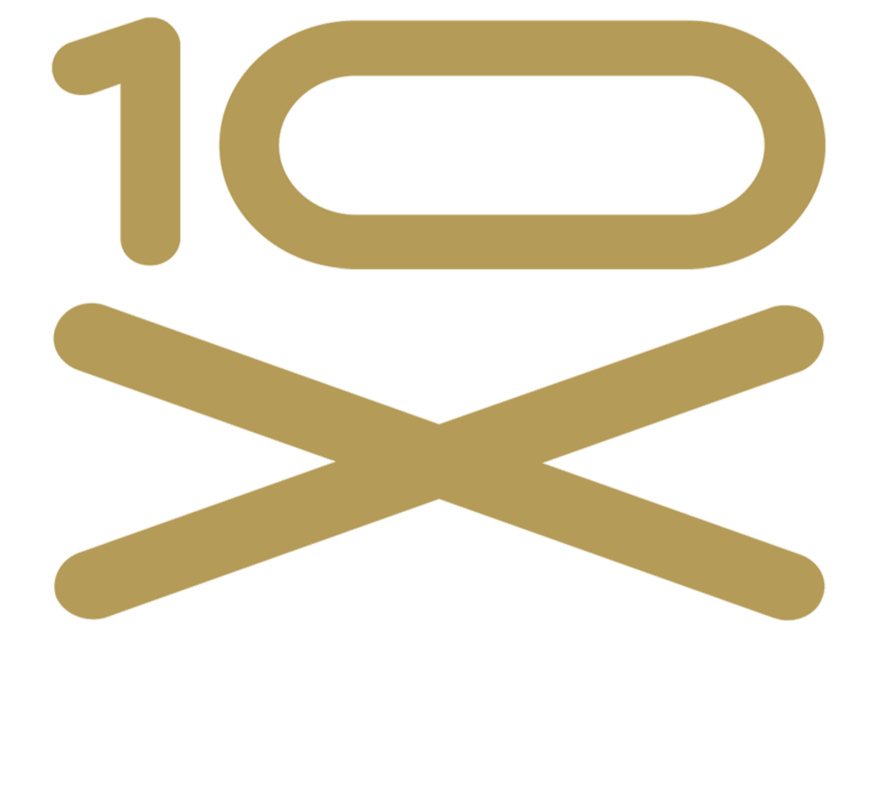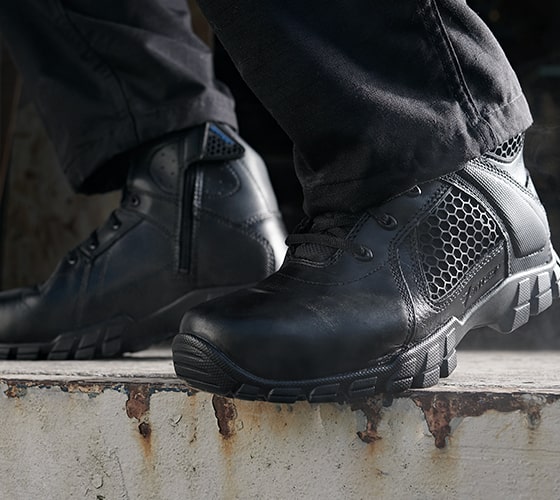Uncategorized
What is a Tactic?
A tactic is “the art or skill of employing available means to accomplish an end.” Within law enforcement and military operations, there are always ends to achieve — using proper de-escalation techniques, controlling a crowd during civil unrest or pushing back the enemy on the front lines of a war, just to name a few. The available means and how to employ them are at the heart of what tactical means.
Law enforcement officers employ tactics all the time. These tactics have been developed over years of training, experience and trial and error. For example, during an arrest, an officer may try to get a subject to talk as much as possible in the hopes of gathering evidence or even extracting a confession to a crime. Riot control police establish police lines to calm chaotic scenes and to prevent damage to property and injuries to civilians. Police undergo extensive training to develop and perfect the tactics they use everyday in their careers.

Military tactics usually encompass a larger geography and are designed to deal with aggressive, well-trained adversaries. For example, initiating combat at night may help to give personnel the element of surprise and to make strategic gains on the battlefield. The military often executes reconnaissance missions to observe the strategy of their enemies, or understand the geographic and meteorological characteristics of the area to gain an advantage in combat. Using smoke grenades to create cover is a simple yet very effective tactic that can sway the momentum of a battle. All of these tactics and more add up to create advantages for winning battles and wars.




